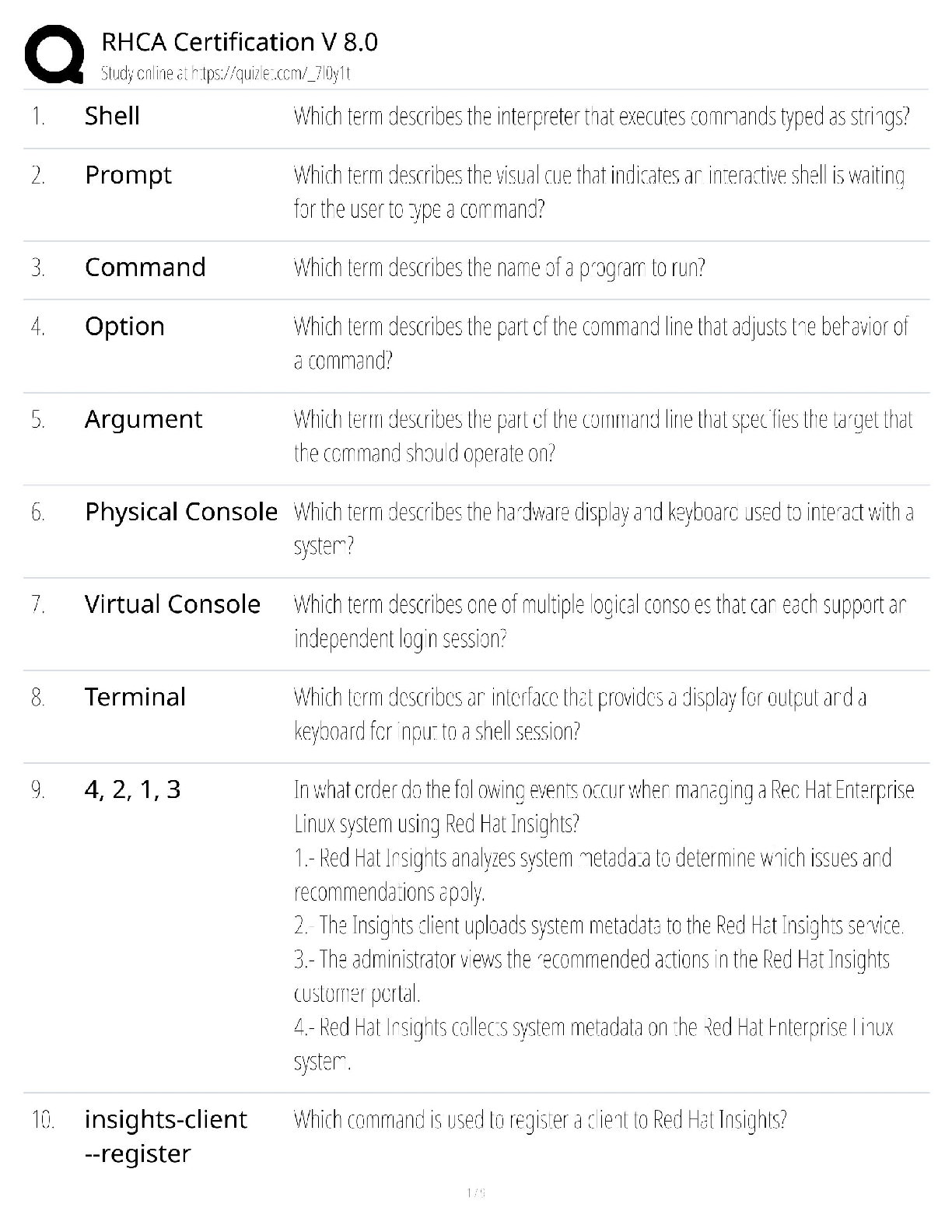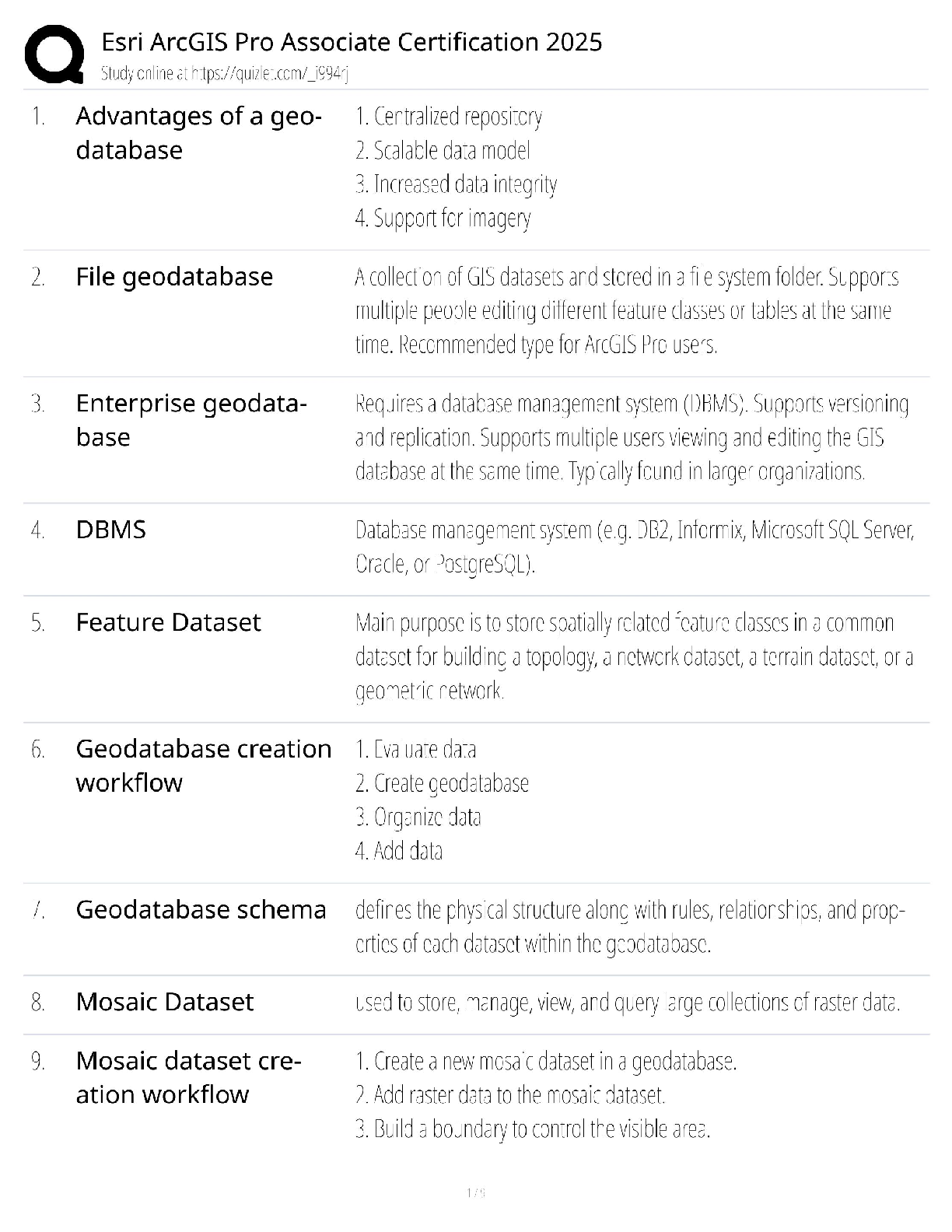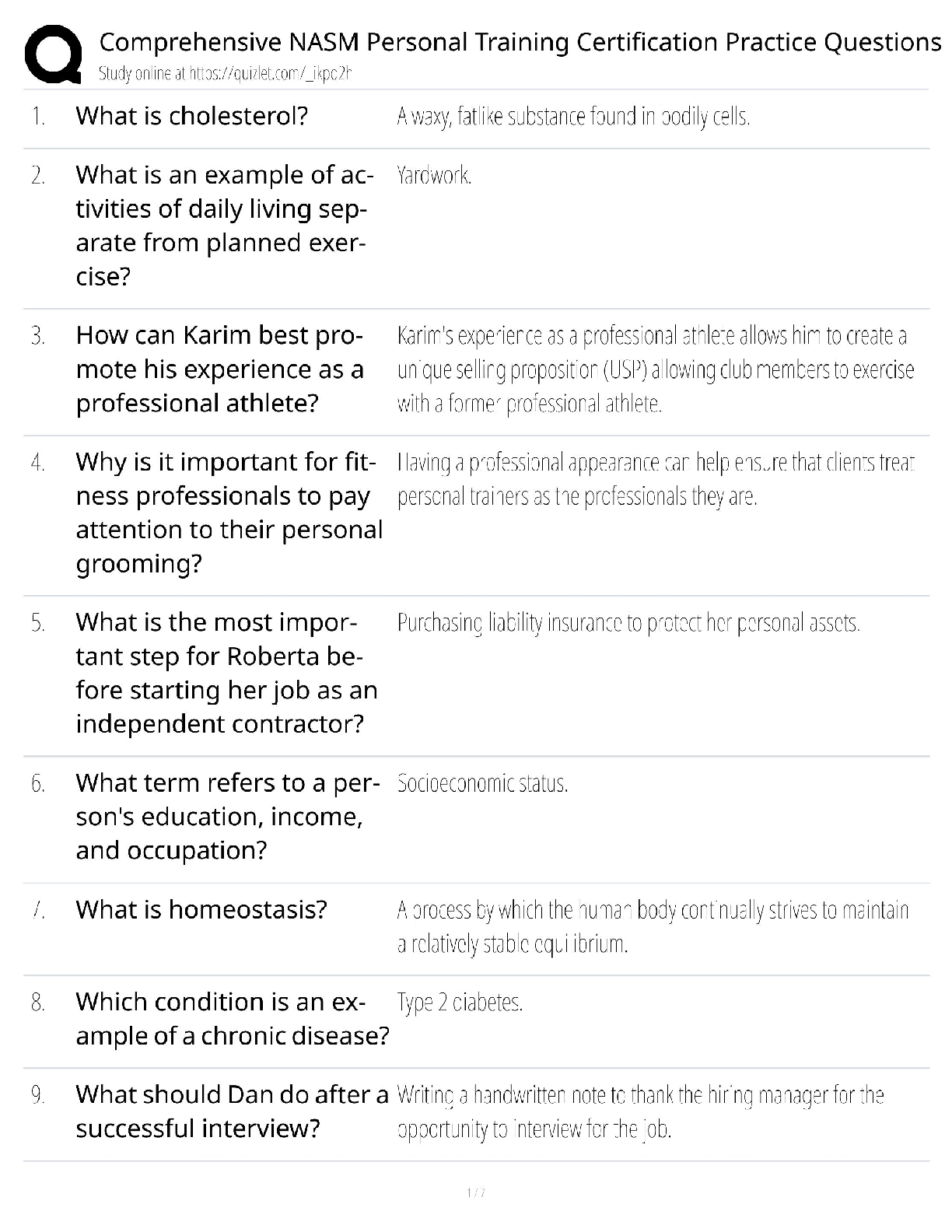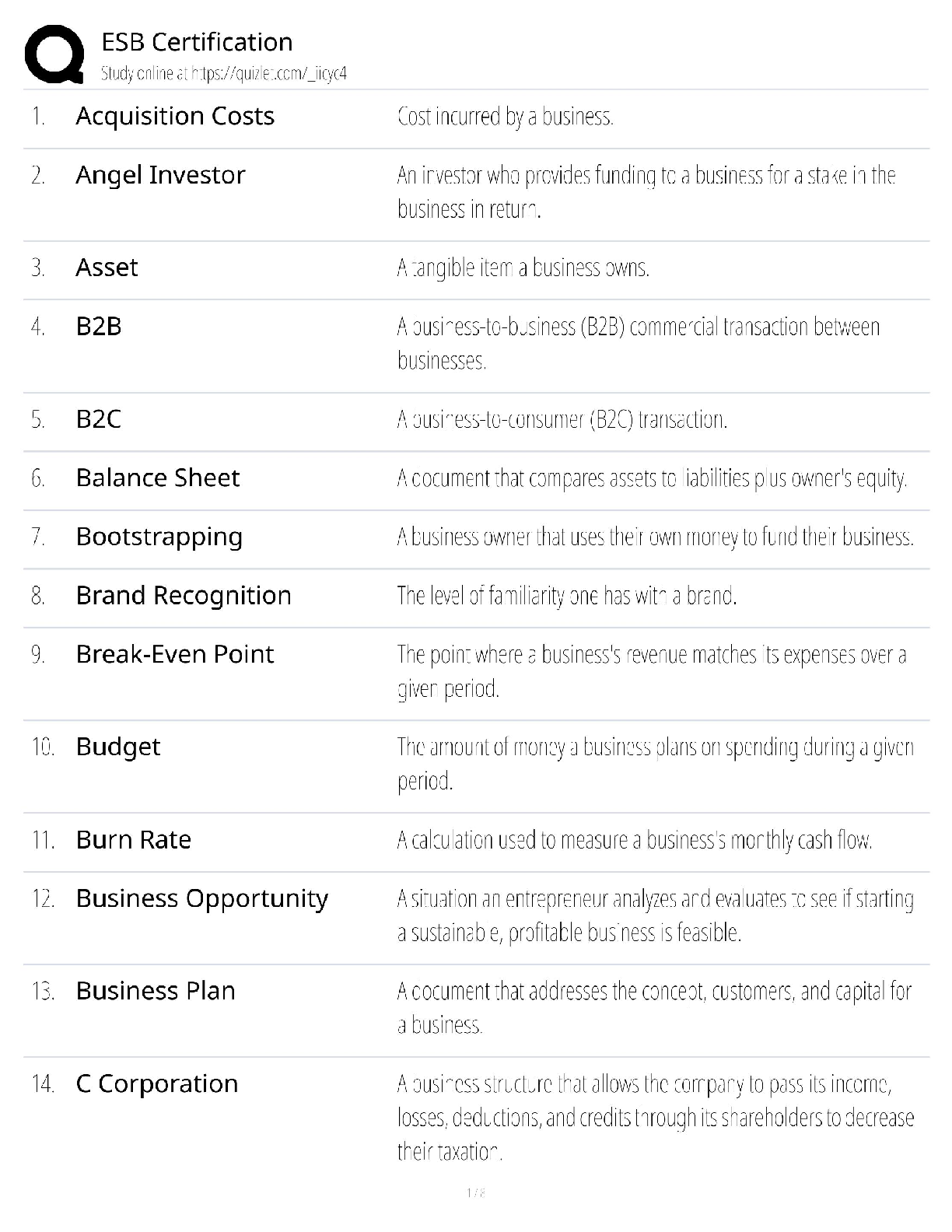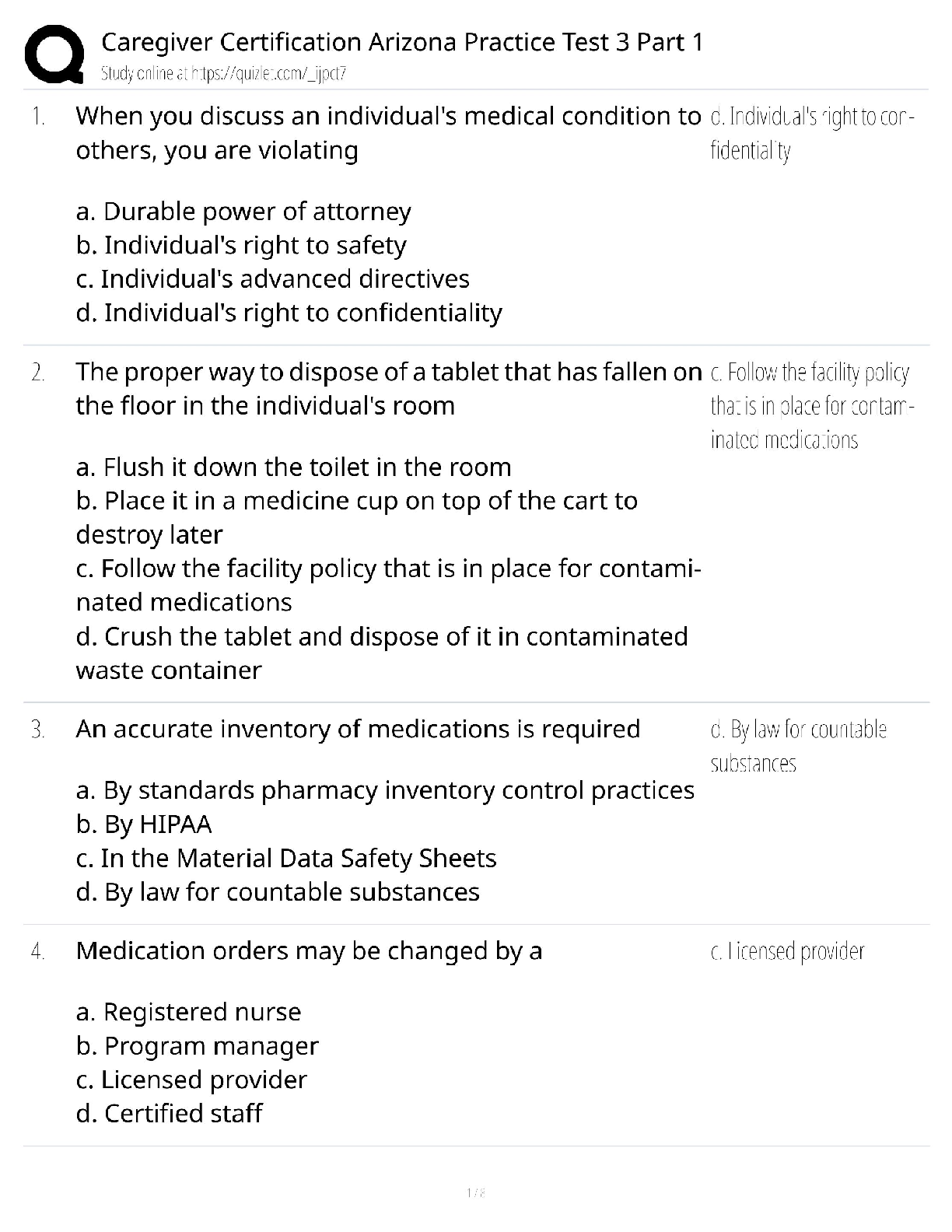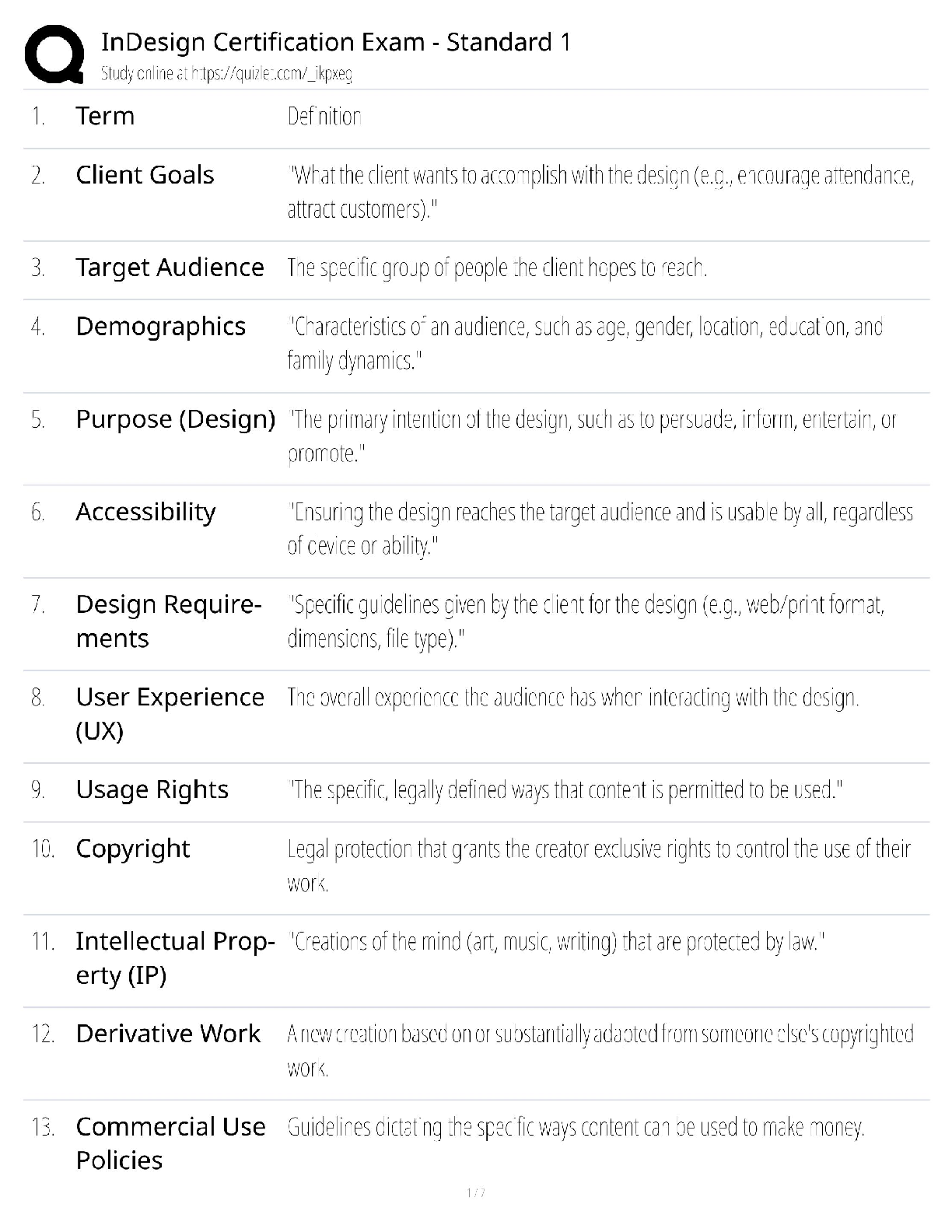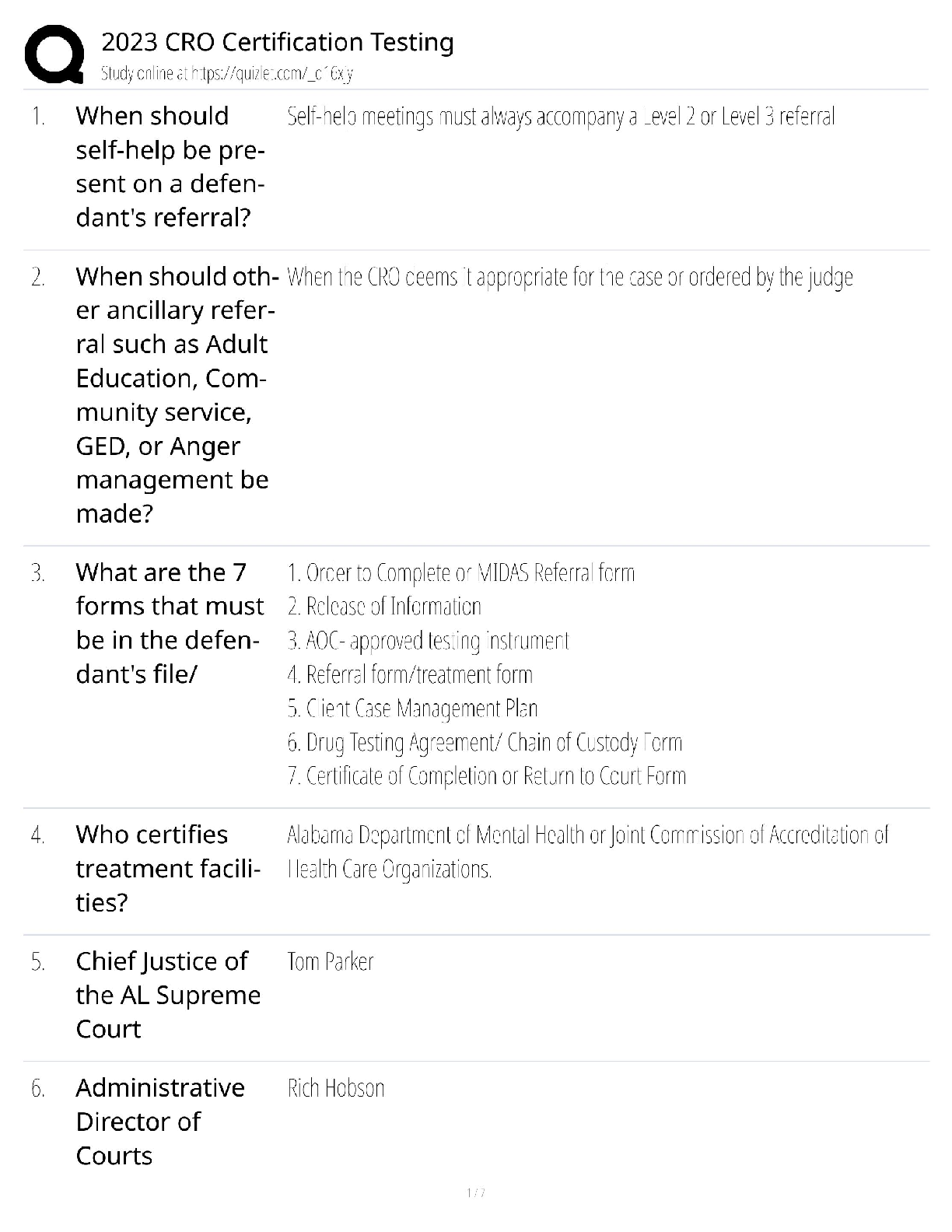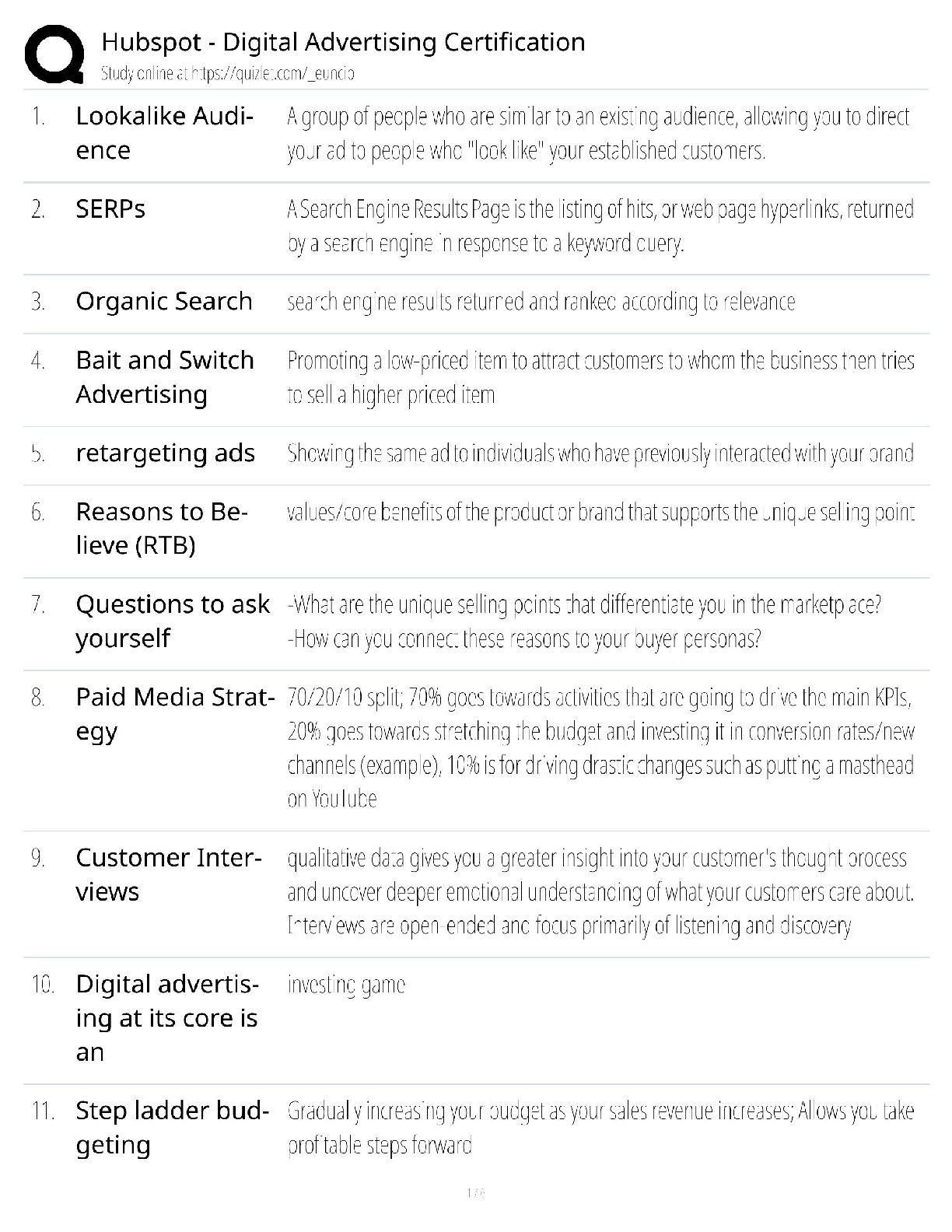
eBook Elementary Technical Mathematics 11th Edition By Dale Ewen, C. Robert Nelson
$ 30
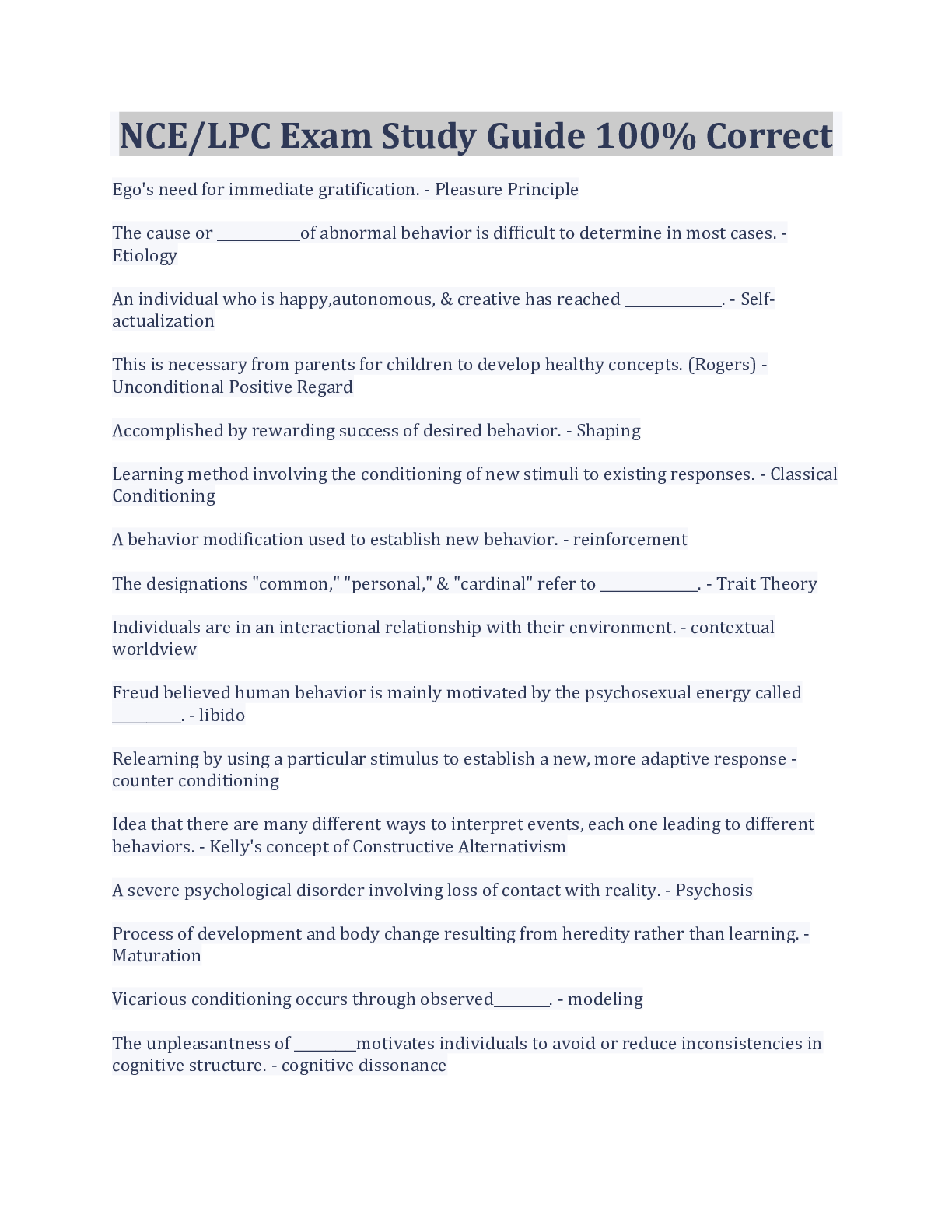
NCE/LPC Exam Study Guide 100% Correct
$ 11

Test Bank For Issues and Ethics in the Helping Professions, 11th Edition by Dr. Gerald Corey, Marianne Schneider Corey, Cindy Corey Chapter 1-13
$ 19

Hospice and Palliative Care Comprehensive Exam 2025/2026 – Verified Questions with Correct Answers
$ 16.5
.png)
NUTRI 228 Week 1 - Quiz 1

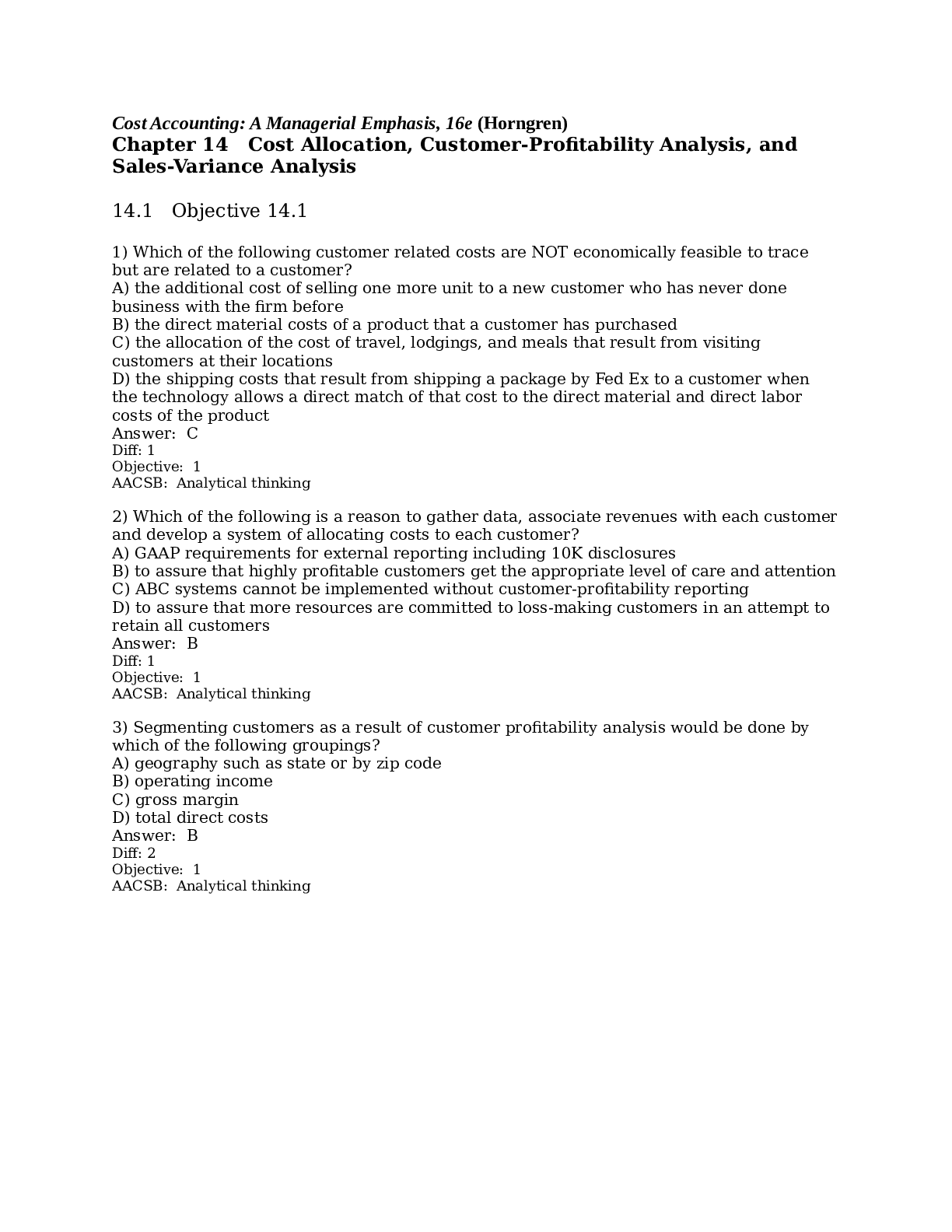
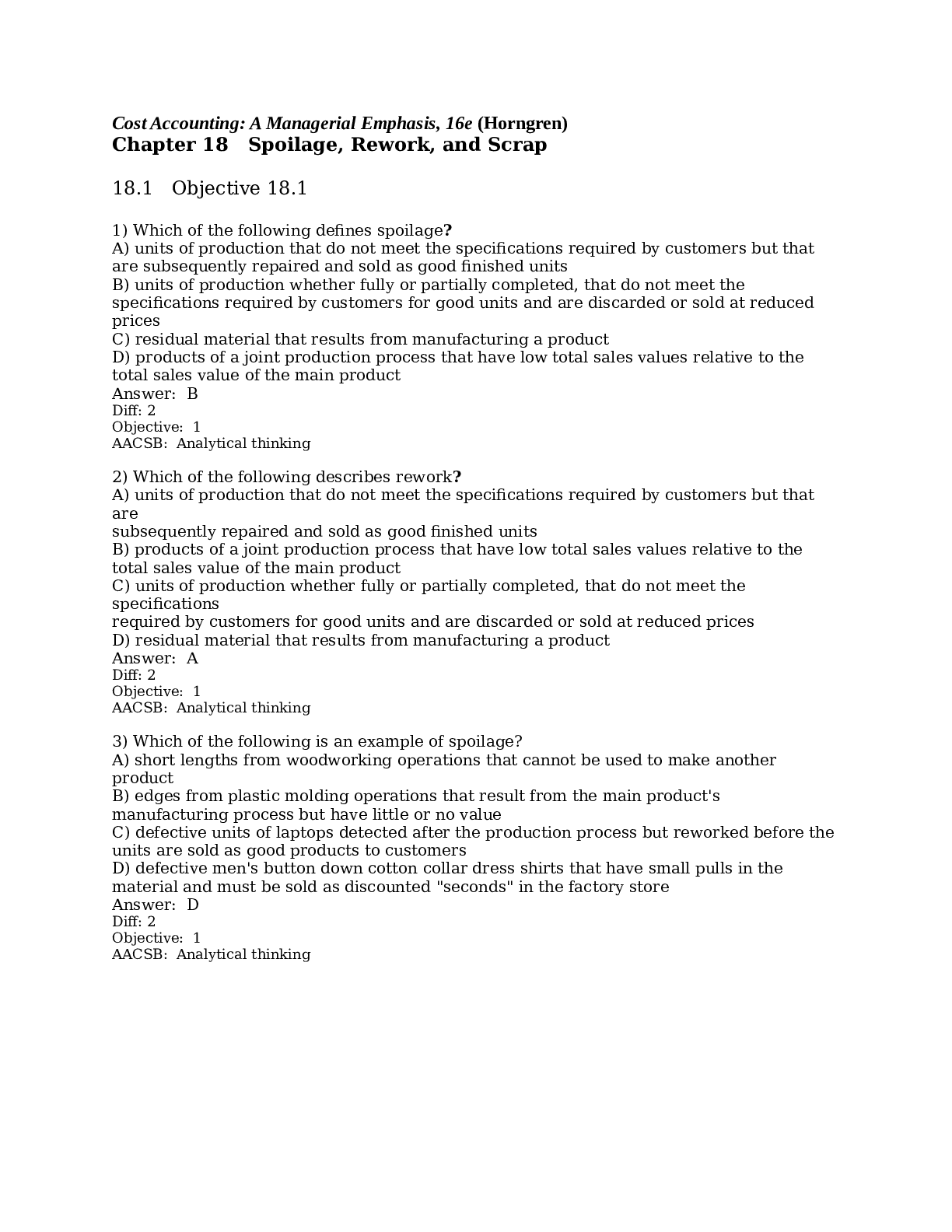








.png)

.png)


